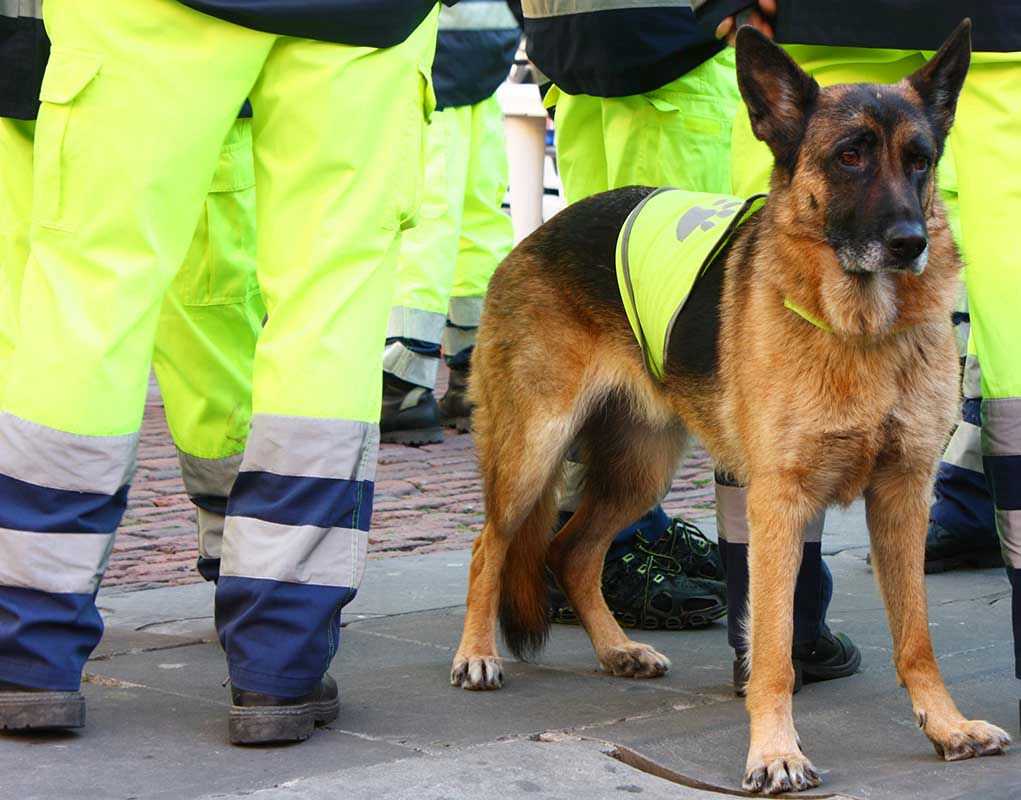
The Central Texas floods of July 2025 left more than 100 dead and exposed a catastrophic failure in emergency alerts—raising tough questions about why, in our era of “smart” everything, families and children were blindsided by disaster while government agencies and so-called experts bicker over who’s to blame.
At a Glance
- Over 100 people confirmed dead and more than 160 missing after Guadalupe River flash floods.
- Camp Mystic, a private Christian camp, suffered devastating losses with dozens of campers and counselors unaccounted for.
- Emergency alert systems failed to reach many in time, sparking public outrage and demands for reform.
- State and local officials scramble for answers as families demand accountability and better preparedness.
Devastation in the Heart of Texas: A Catastrophe No One Saw Coming?
When the skies opened over Central Texas on July 4, families celebrating the holiday never imagined they’d be swept into one of the deadliest floods in regional history. The Guadalupe River, notorious for its flash flooding, rose nearly 30 feet in under an hour—submerging communities and leaving a trail of heartbreak and destruction in Kerr County and beyond. The hardest hit: Camp Mystic, a Christian summer camp, where the river’s fury claimed the lives of at least 27 campers and counselors, with many still missing days later. The official death toll soared past 100 as rescue teams, battered and exhausted, struggled through debris and raging waters to reach the stranded and recover the lost.
For a region that’s seen its share of floods, the 2025 disaster is being called the worst in living memory—a staggering failure of warning, preparation, and basic common sense from the people paid and trusted to keep the public safe. With steep terrain and fast-moving rivers, Texas Hill Country is no stranger to nature’s wrath. But this time, the flood struck during a holiday weekend, multiplying the tragedy as tourists and children filled camps and riverbanks, blissfully unaware of the danger hurtling toward them.
Alert Systems Under Fire: “Smart” Devices, Dumb Results
In the aftermath, the focus quickly shifted from Mother Nature to man-made disaster. The National Weather Service, responsible for issuing emergency alerts, faced a storm of criticism for its apparent inability to warn at-risk communities in time. Survivors and grieving families demanded to know: why did so many receive no warning on their phones? Why did sirens fail to sound? Why were parents left to frantically search for loved ones in the chaos, instead of evacuating safely ahead of time?
Critics point to glaring gaps in the so-called “robust” alert infrastructure. Testimony and expert analysis reveal that many alerts never reached phones set to silent mode—a baffling flaw in an age where government snoops can access your phone’s microphone, but apparently can’t override mute to save your life. Calls for legislative action grew louder, with Texas Lieutenant Governor Dan Patrick suggesting a push for statewide warning sirens, while federal agencies scrambled to defend their systems and promise “reforms.”
Families Demand Answers, Officials Offer Excuses
The human toll is staggering: over 100 lives lost, dozens of families still searching for missing loved ones, and a community left shattered. Camp Mystic, now the face of the tragedy, issued a statement of heartbreak and gratitude for public support—but behind the scenes, parents and staff are demanding accountability. Local officials, including Kerr County’s Sheriff Larry Leitha and Judge Rob Kelly, coordinated round-the-clock rescue efforts, joined by over 1,700 emergency personnel and nearly 1,000 pieces of equipment deployed by the State of Texas. But as the days dragged on and the search for the missing grew desperate, outrage grew over the slow pace and apparent lack of preparation.
State and local leaders now face mounting pressure to overhaul disaster preparedness, with policy debates raging over emergency funding and the need for reliable, redundant alert systems that actually work in a crisis. Meanwhile, community organizations and relief agencies are begging for donations to support displaced families—because, as usual, government’s best answer is to ask the public to clean up its mess.
A Stark Lesson for Texas—and America
The Central Texas floods have become a rallying cry for those tired of failed government promises, bloated bureaucracies, and the endless cycle of “thoughts and prayers” followed by inaction. While officials blame the “unprecedented” speed and scale of the disaster, experts in disaster management say the writing was on the wall for years: outdated systems, poor public education on alerts, and a lack of investment in real, working infrastructure.
The tragedy has exposed not just the vulnerability of river towns and summer camps, but the emptiness of claims that government can keep us safe while wasting billions on pet projects and virtue-signaling initiatives. Communities devastated by loss now face a long road to recovery, with only the hope that this time—finally—common sense will prevail over complacency and bureaucratic incompetence. Until then, it’s the families, not the officials, who pay the price for failed promises.











